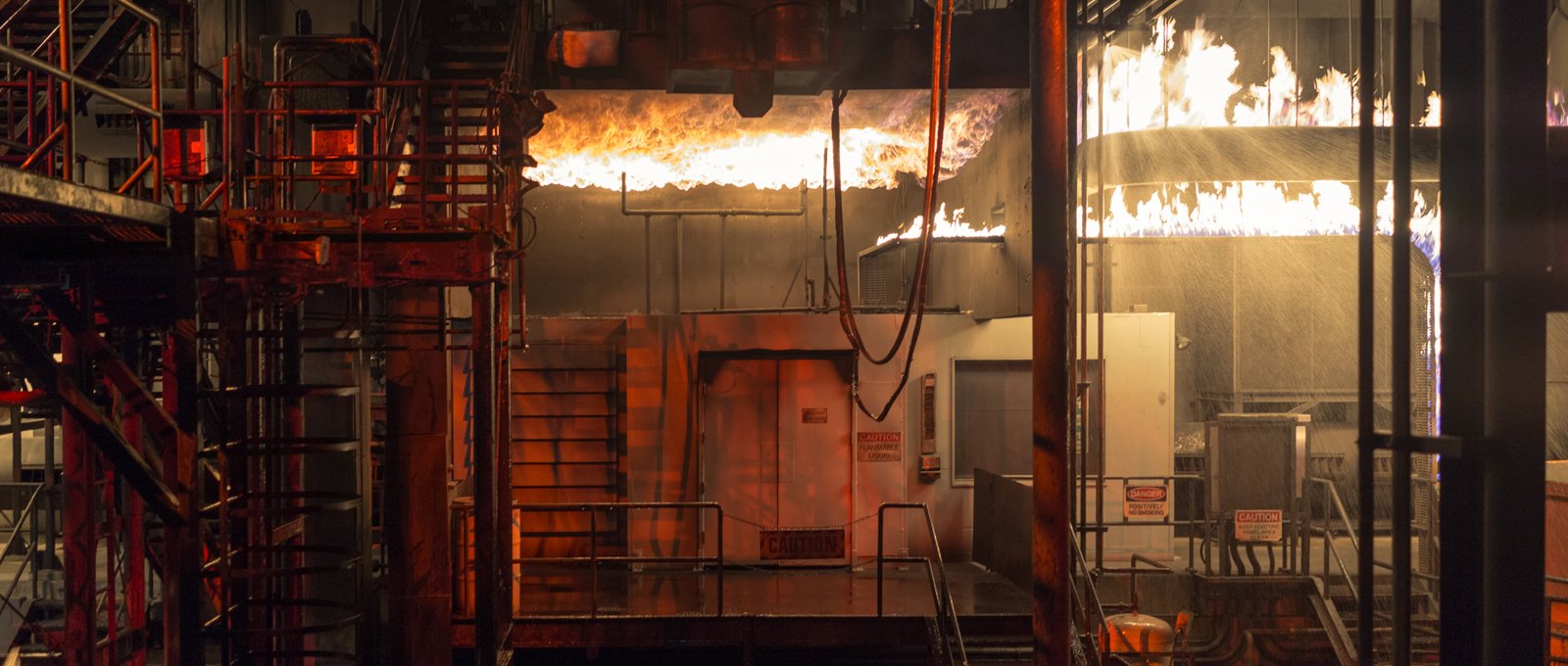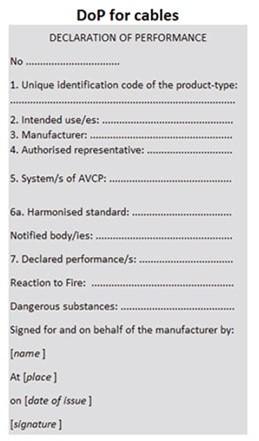
What are the Principles of the Declaration of Performance (DoP) in Cables According to EN 50575
1. Introduction
With the publication of the “EN 50575” standard, which is the extension of the CPR – Construction Products Regulation in the cable sector and regulates the applications in “power, control, and communication” cables, the requirements for the fire reaction performance of “power, control, and communication” cables used in any structure, including buildings and infrastructure, as well as the criteria for tests and conformity assessments related to these requirements, have become clear. Additionally, it has become mandatory to declare the fire performance of cables used in structures and to apply CE marking (after a 1-year transition period).
2. Requirements of Declaration of Performance in Scope of EN 50575 Standarts
The critical points and requirements for preparing the Declaration of Performance (DoP), which is mandatory for affixing the CE mark to the product label, are clearly defined in the EN 50575 standard.
Accordingly, any manufacturer must legally prepare a DoP for their product within the scope of the EN 50575 standard before placing it on the market. This DoP must include the product code, intended use, and fire reaction performance information. Some of the points to consider when preparing this document are listed below:
A manufacturer issuing a Declaration of Performance (DoP) assumes responsibility for the product’s compliance with the declared performance.
The type-identification code of the product for which the document is issued must be the same as the DoP document reference number.
No performance declaration other than the European Classes (Euroclasses) is allowed for cables.
The information in the DoP prepared for cables must comply with the relevant harmonized standard.
The name of the Approved Body must be included in the DoP prepared for System 1+ cables, and the name of the Approved Test Laboratory must be included in the DoP prepared for System 3 cables.
The CE mark cannot be affixed to the product or label without preparing the DoP.
The same DoP can be issued for variations of the same product type with different colors or conductor cross-sections, but the product code of each material must be included in the DoP.
The DoP document must be available on the manufacturer’s website, free of charge and continuously, without alteration, for 10 years from the product’s market release. The consumer may request a printed copy of the DoP as part of their commercial contract.
- The language of the DoP document must be appropriate to the country where the product is marketed, sold, or distributed. In light of all this information, a DoP document is prepared for each product group, as seen in the example below:

3. Conclusion
Effective from July 1, 2016, and mandatory after a one-year transition period, i.e., from July 1, 2017, companies wishing to market, sell, or distribute cables in the markets of European Union countries can legally require manufacturers to prepare a Declaration of Performance (DoP) for that product and to apply the CE marking in the appropriate format on the product or label. This requirement is also mandatory for products manufactured outside the European Union and intended to be sold in EU countries, as in Türkiye. In this case, the importer or distributor wishing to bring the product into the relevant country assumes the same responsibilities.
Currently, it is not fully determined which organization in which country is authorized as the Approved Body for testing cables. However, with the publication of the start date for CE marking on July 1, 2016, this process is expected to reach a conclusion very soon. While Approved Bodies are being determined, regulatory and supervisory institutions of countries also need to determine the targeted European Classes (Euroclasses) for cable product groups as soon as possible.
If all these uncertainties are resolved by July 1, 2017, when CE marking becomes mandatory, it will be much easier to increase cable standards and quality awareness in our country, ensure fire safety to minimize potential losses, and prevent the market release and use of non-standard, low-quality products.


